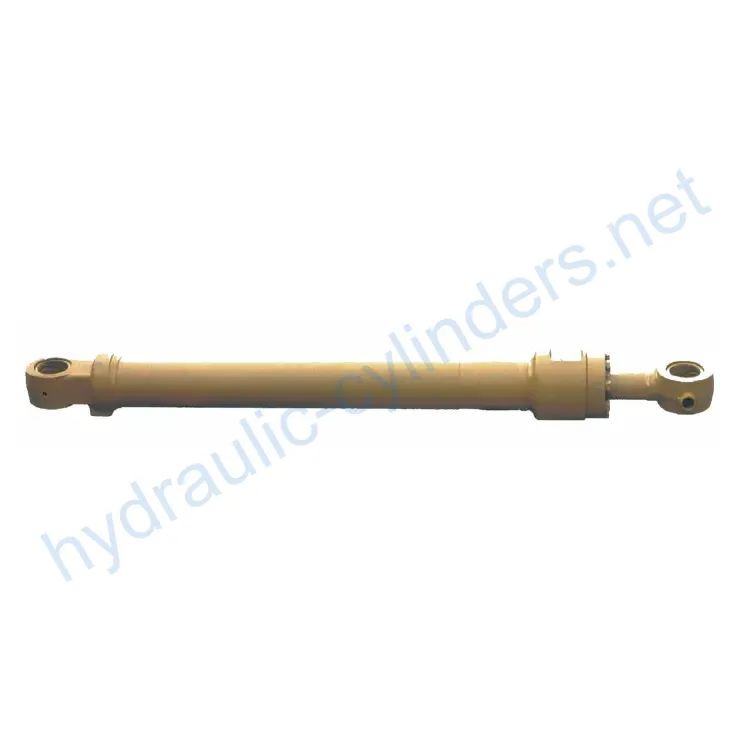Boom Cylinder For Case Small Excavator CX130B
Jako jeden z výrobců, dodavatelů a vývozců hydraulických válců nabízíme hydraulické válce a mnoho dalších výrobků.
Kontaktujte nás, prosím, pro podrobnosti.
Mail:sales@hydraulic-cylinders.net
Výrobce, dodavatel a vývozce hydraulických válců.
Boom Cylinder For Case Small Excavator CX130B
Product Overview
The Boom Cylinder for Case Small Excavator CX130B is a specialized hydraulic cylinder designed for controlling the movement of the bucket in various heavy machinery, such as excavators, backhoe loaders, and front loaders. This hydraulic component allows the bucket to lift, lower, and tilt, facilitating efficient material handling tasks. The bucket cylinder plays a crucial role in hydraulic systems, enabling smooth and precise movements essential for excavation and loading operations.
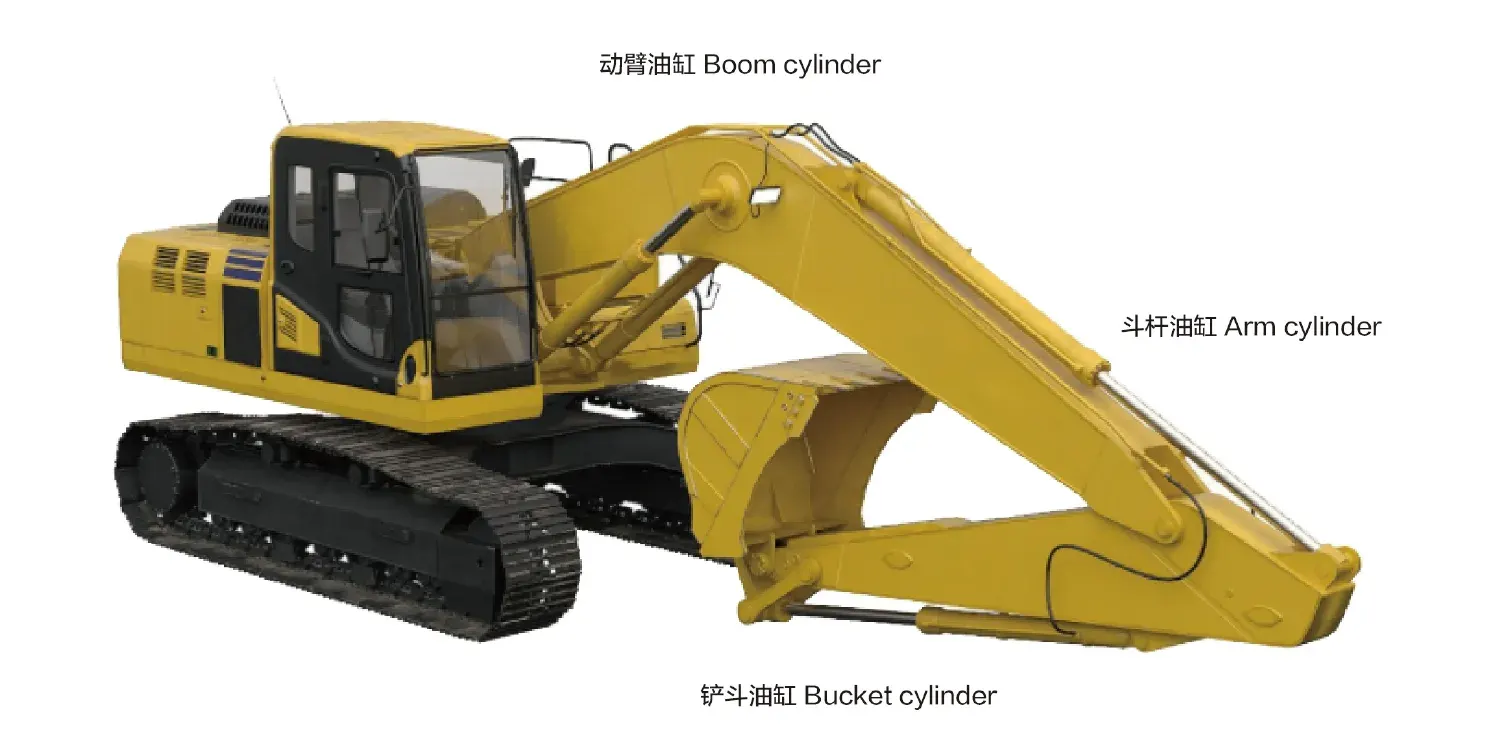
Features of the Boom Cylinder
- High Strength and Durability: Constructed from high-strength steel or aluminum, this cylinder is designed to withstand high pressure and heavy loads, making it suitable for harsh working environments.
- Efficient Hydraulic Operation: Utilizes hydraulic oil pressure for smooth extension and retraction, allowing quick response to control commands and providing powerful pushing and pulling force.
- Diverse Types Available: Options for single-acting (using hydraulic pressure in one direction) or double-acting (using hydraulic pressure in both directions) cylinders, with some models being telescopic to allow greater extension without increasing external dimensions.
- Customizable Solutions: Our products can be manufactured to replace existing hydraulic cylinders perfectly, ensuring compatibility with various excavator models.
- Cost-Effective Design: Engineered for minimal maintenance and optimal performance, reducing overall operating costs for machinery.
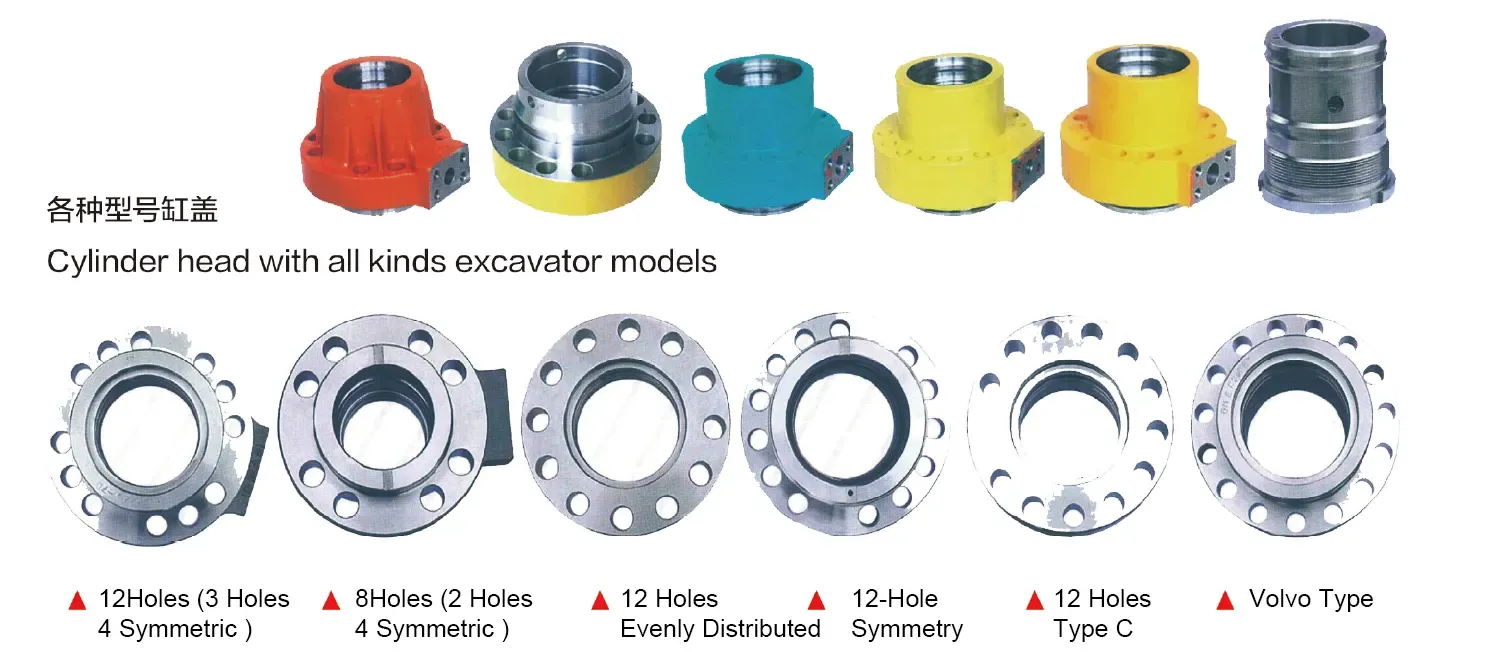
Applications of the Boom Cylinder
Construction Equipment
In construction machinery, boom cylinders play a vital role in excavators by enabling digging, loading, and moving dirt or debris. In backhoe loaders, the bucket cylinder aids in both excavation and lifting tasks, promoting efficient operation on job sites.
Agricultural Machinery
Used in front-end loaders, boom cylinders facilitate the scraping, lifting, and transportation of soil, hay, and other materials. This versatility is essential for agricultural operations that require reliable equipment for material handling.
Excavators
In excavators, the boom cylinder allows for the bucket to penetrate the ground effectively, enabling digging operations. Its design ensures that the bucket remains stable while performing various soil penetration tasks.
Loaders
In front loaders, boom cylinders assist in lifting and dumping materials efficiently. Their hydraulic power is crucial for handling heavy loads and enhancing productivity in construction and agricultural settings.
Design Considerations and Selection Criteria
Load Capacity
The load capacity of a boom cylinder is a fundamental design consideration. It must be capable of handling the weight and forces exerted during operation. Engineers assess the loads that the excavator will encounter to determine the appropriate specifications for the cylinder.
Seal Integrity
Sealing is critical for maintaining hydraulic pressure and preventing fluid leaks. The selection of high-quality seals, such as piston seals and rod seals, ensures optimal performance and longevity of the hydraulic cylinder. Regular checks and maintenance are necessary to uphold seal integrity.
Durability
Durability is paramount in hydraulic cylinder design, as these components are subjected to high stress and variable environmental conditions. Materials and coatings that resist wear and corrosion are essential for extending the service life of the boom cylinder.
Safety Features
Designing for safety involves integrating features that minimize risks during operation. This includes pressure relief valves, which prevent overloading, and robust mounting points to enhance stability during use.
Maintainability
A well-designed hydraulic cylinder should facilitate easy maintenance. This includes accessible lubricating points, simple seal replacement procedures, and clear guidelines for inspection and servicing to ensure continued operational efficiency.

Sealing and Lubrication
The sealing and lubrication of boom cylinders are vital for their efficiency and longevity. Various sealing components, such as piston seals and rod seals, are commonly utilized. The selection of materials like polyurethane and nitrile rubber is critical for their wear resistance. Additionally, thorough surface treatment of the cylinder body and threaded ends enhances durability against wear. Regular lubrication with hydraulic oil is necessary to maintain smooth operation and prevent premature wear of internal components.
Preventive Maintenance Measures
- Regular Inspections: Routine visual and functional checks should be performed to identify any signs of wear, leaks, or damage. Early detection helps in addressing potential issues before they escalate.
- Proper Lubrication: Ensuring that the hydraulic cylinder is adequately lubricated with the appropriate hydraulic oil reduces friction and wear, prolonging the service life of the cylinder.
- Seal Replacement: Seals should be inspected regularly, and any worn or damaged seals should be replaced promptly to prevent leaks and maintain hydraulic pressure.
Installation Guidelines
Correct installation of the boom cylinder is crucial for optimal performance. Begin by ensuring that the cylinder is aligned properly with the mounting brackets. Use appropriate installation tools to secure the cylinder in place, and verify that all fittings are tightened to the manufacturer’s specifications. It’s essential to check for any obstructions that could hinder the movement of the cylinder during operation. After installation, test the hydraulic system to ensure that the cylinder operates smoothly without any leaks or irregularities.
Maintenance Tasks
- Regular Checks: Conduct periodic checks of the hydraulic system to identify any potential issues early.
- Appropriate Lubrication: Ensure that the cylinder is lubricated according to the manufacturer’s recommendations to maintain performance.
- Seal Replacement: Monitor the condition of seals and replace them as needed to prevent leaks and maintain hydraulic pressure.
Safety Considerations and Environmental Factors
Safety measures are paramount when dealing with hydraulic systems. Operators should be trained on proper handling procedures to minimize risk during operation. Additionally, attention should be paid to environmental factors, such as preventing hydraulic fluid leaks, which can have detrimental effects on the surrounding ecosystem.
Troubleshooting and Common Issues
- Leakage: Commonly caused by worn seals. Inspect seals and replace as needed.
- Poor Performance: May indicate insufficient lubrication or hydraulic fluid levels. Check and refill hydraulic oil as necessary.
- Cylinder Jams: Often due to misalignment. Ensure proper alignment during installation and regular maintenance checks.
Failure Diagnosis Tips
For effective troubleshooting, operators should maintain a log of performance issues and remedy actions taken. Understanding common failure modes helps in diagnosing problems quickly. Regular preventive maintenance can significantly reduce the incidence of failures and enhance the overall reliability of the hydraulic system.
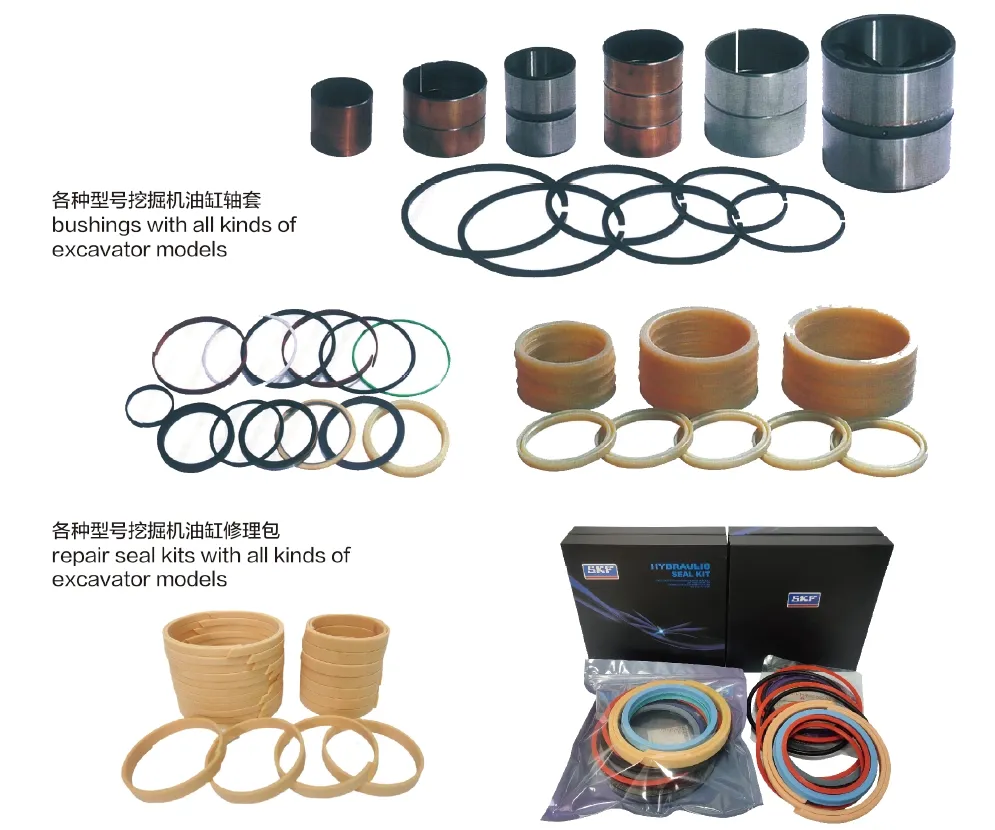
About Our Company
We are a leading manufacturer and wholesaler of hydraulic cylinders, committed to providing a comprehensive range of products that meet the needs of domestic and international markets. Our focus on excellence is backed by a refined manufacturing strategy, utilizing advanced technology and high-precision manufacturing processes. We continuously enhance our production capabilities to ensure high product quality, meeting diverse customer demands effectively.
Our expertise includes:
- Professionalism: Our team consists of skilled professionals dedicated to producing high-quality hydraulic components.
- International Certifications: Our products adhere to international quality standards, ensuring reliability and performance.
- Custom Services: We offer customized solutions tailored to meet specific client requirements.
- Advanced Equipment: Utilizing state-of-the-art manufacturing equipment for precision and efficiency.
- After-sale Support: We provide robust after-sale services to ensure customer satisfaction and support.
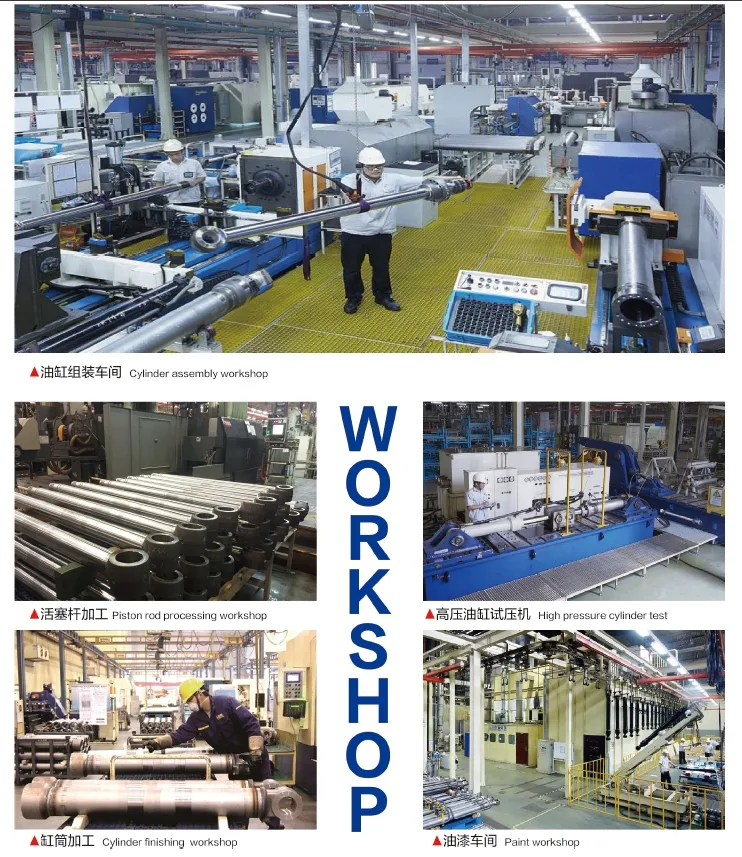
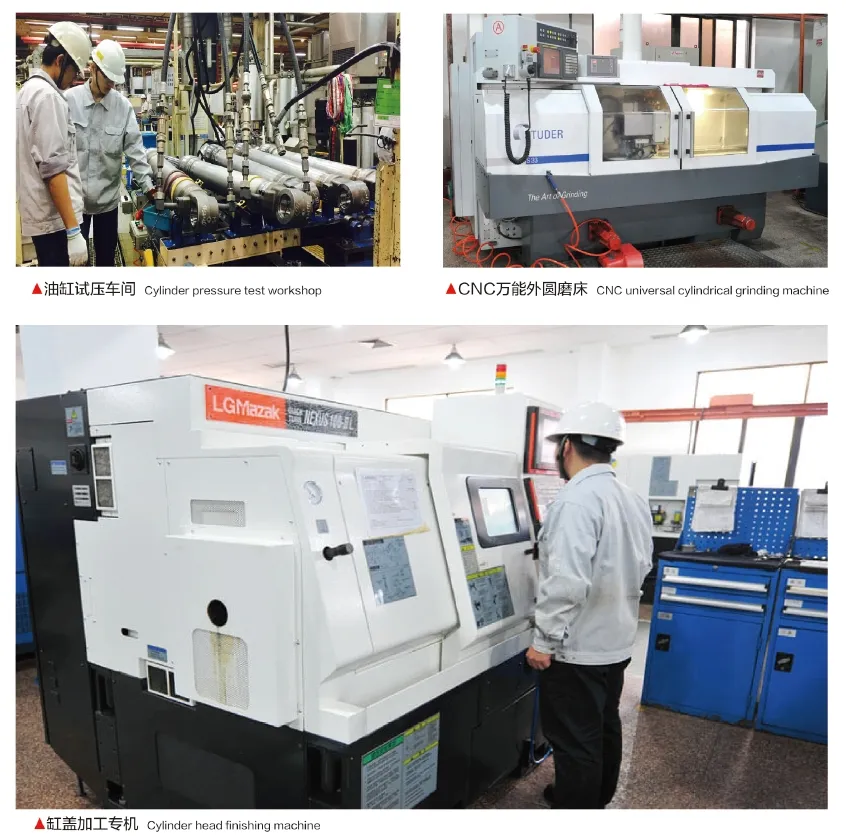
Author: lyl
Take a Tour of Our VR Factory:
Take a tour of our VR factory with the following
Hydraulic Cylinder Application:


